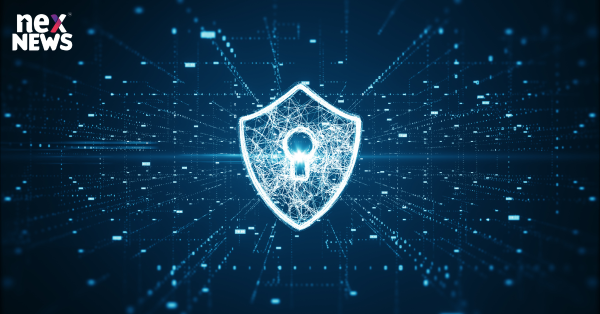The internet is a vast and intricate landscape that encompasses not only the visible surface web but also the concealed layers beneath, known as the dark web. While the dark web has legitimate uses, it has also gained notoriety for harboring illicit activities and hidden dangers. This article delves into the intricacies of the dark web, its functionalities, and the potential risks associated with its hidden nature.
Introduction
The internet, as we know it, is more than just what we see on search engines. The dark web, shrouded in mystery and intrigue, has become synonymous with a hidden world that holds both promise and peril. Understanding its complexities is crucial for navigating the digital landscape safely.
Understanding the Dark Web
The dark web is a segment of the internet that is intentionally hidden and requires specific software, such as Tor (The Onion Router), to access. Unlike the surface web, which can be indexed by search engines, the dark web is intentionally designed to remain hidden and unindexed.
Layers of the Web: Surface, Deep, and Dark
The internet is often categorized into three layers: the surface web, the deep web, and the dark web. The surface web comprises websites that are easily accessible through search engines. The deep web includes password-protected and subscription-based content. The dark web, the deepest layer, requires specialized tools to access and is known for its anonymity.
Legitimate Uses of the Dark Web
While the dark web is infamous for its illicit activities, it also has legitimate uses. Whistleblowers, journalists, and individuals living under oppressive regimes often use the dark web to communicate anonymously and share sensitive information without fear of retaliation.
Illicit Activities and Hidden Dangers
The dark web is not immune to criminal activity. It hosts marketplaces for illegal drugs, weapons, stolen data, counterfeit currency, and more. This hidden realm also facilitates cybercrime services, including hacking tools for hire, distributed denial-of-service (DDoS) attacks, and identity theft.
Cybercrime Marketplaces
On the dark web, cybercriminals can operate with relative anonymity, selling and trading illicit goods and services. Cybercrime marketplaces offer a range of malicious tools and stolen data, contributing to the proliferation of cyber threats.
Anonymity and Cryptocurrencies
Anonymity is a key feature of the dark web, with users and transactions often difficult to trace. Cryptocurrencies like Bitcoin are commonly used for transactions, making it harder for authorities to track financial activities.
Risks for Individuals and Organizations
Individuals and organizations can be targeted by cybercriminals on the dark web. Stolen credentials, personal information, and compromised data can lead to financial loss, identity theft, and reputational damage.
Law Enforcement and Monitoring
Law enforcement agencies monitor the dark web to identify and combat illegal activities. Despite the challenges posed by anonymity, arrests of dark web operators and shutdowns of illicit marketplaces have occurred.
Navigating the Hidden Landscape
For security professionals and researchers, navigating the dark web can provide insights into emerging cyber threats and vulnerabilities. However, it requires caution and ethical considerations.
Conclusion
The dark web is a complex and multifaceted entity that exists beneath the surface of the internet. While it has legitimate applications, it also harbors hidden dangers and illicit activities. Understanding the nuances of the dark web is crucial for safeguarding individuals and organizations in an increasingly digital world.
